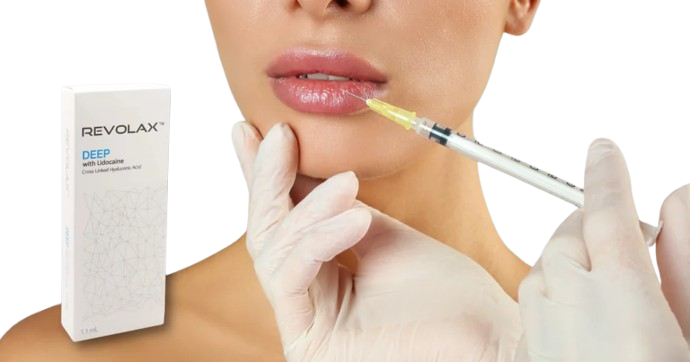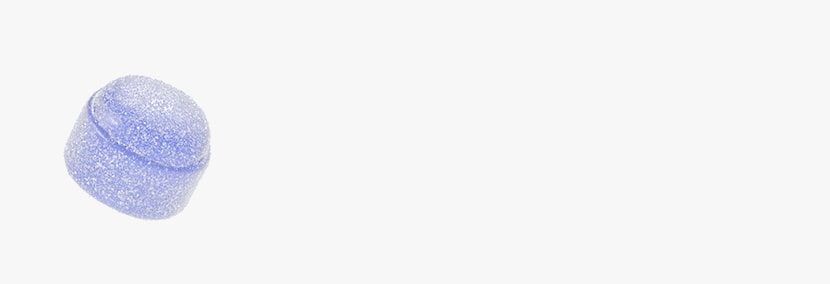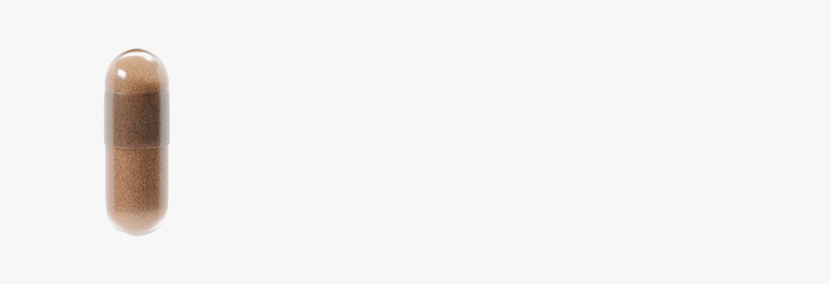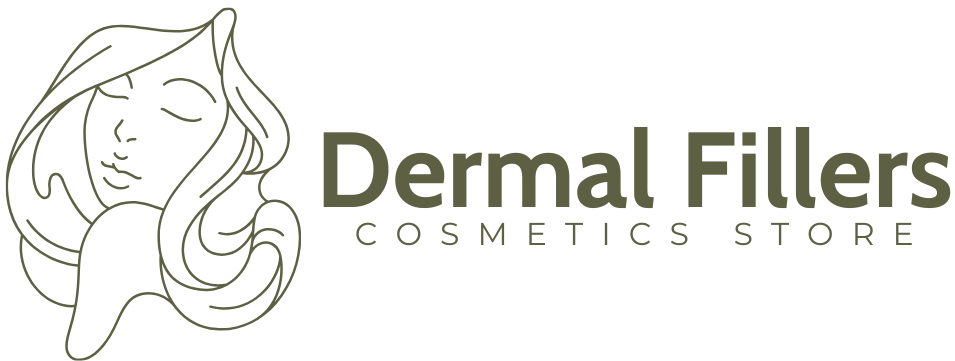Innotox
Innotox Before And After With a Photo Gallery
Jul 3, 2025
Did you know that up to 80% of visible facial aging is caused by sun exposure? This process, known as photoaging, accelerates the development of wrinkles, pigmentation, and collagen loss, particularly in expressive areas like the forehead and eyes. While intrinsic aging is inevitable, extrinsic factors such as UV exposure and pollution significantly speed up these visible changes.
In response to these concerns, aesthetic treatments have evolved to deliver subtle, natural-looking results. A standout option is Innotox, a ready-to-use botulinum toxin that’s gaining attention for its ability to provide smooth diffusion and consistent outcomes. Before-and-after photos often highlight visibly softened lines and rejuvenated contours, especially in dynamic zones that are prone to expression lines.
In this article, we’ll explore Innotox’s visual impact, compare it to traditional injectables, and showcase real-world results to help those seeking a refined rejuvenation.
Key Takeaways
- Innotox is a ready-to-use botulinum toxin that delivers smooth diffusion and consistent outcomes, making it ideal for dynamic facial zones like the forehead, eyes, and jawline.
- It effectively softens wrinkles and refines facial contours, providing natural-looking results without the “frozen” effect commonly associated with traditional botulinum toxin injectables.
- Innotox is gaining popularity due to its subtle impact on expression lines, especially in areas that experience frequent movement, such as the crow’s feet and glabellar lines.
- Before-and-after photos reveal significant improvements, with visible results starting in as little as 3–5 days after treatment.
- Innotox is widely used internationally, though it is not yet FDA-approved in the U.S. – this does not affect its efficacy or safety in countries where it is approved.
- Compared to other injectables like Botox, Innotox offers a softer, more natural finish and maintains gentle movement in treated areas.
- Documentation of results is key for tracking progress, and high-resolution photos from consistent angles and lighting help demonstrate the predictability and effectiveness of the treatment.
About: Trusted by over 2,000+ global clients since 2014, Maylips has become a leading supplier of cosmetic, skincare, and orthopedic products for medical and aesthetic professionals. Maylips offers a wide range of authentic brand-name products at competitive wholesale prices, sourced from around the world. If you’re looking to buy Innotox online, contact our sales team for guidance.
Innotox Before-and-After Visual Evidence
Innotox, a liquid botulinum toxin, provides a rapid and natural-looking solution for facial rejuvenation. Before-and-after visuals frequently demonstrate significant improvements within just 3 to 5 days of treatment, including smoother forehead lines, softened crow’s feet, and refined glabellar creases. These visual comparisons are essential for showcasing Innotox’s precise effects, particularly when patients undergo treatment in dynamic zones such as the brow and jawline.


Unlike traditional botulinum toxin injections, Innotox’s ready-to-use formula ensures consistent dosing and broader diffusion, making it ideal for areas prone to movement. The standardization of photography helps track visible improvements in both static and animated wrinkles, ensuring that the results are not just immediate but predictable.


Patients frequently report a refreshed, balanced appearance, avoiding the “frozen look” often associated with traditional neurotoxin treatments. Innotox’s effectiveness, combined with its ability to preserve natural expressions, makes it an appealing choice for many patients, offering precision, safety, and significant aesthetic impact when administered by trained professionals.
Innotox Treatment Areas, Units Used & Timing
Innotox is versatile in its application, with dosing based on the specific treatment area and the patient’s muscle strength. Here’s an overview of the common treatment zones, typical units used, and expected onset and duration:
Common Treatment Areas
- Forehead (horizontal lines)
- Glabella (frown lines)
- Crow’s feet (outer eyes)
- Bunny lines (nose)
- Chin dimpling
- Jawline slimming (masseter)
- Platysmal neck bands
Average Units Used
- Forehead: 10–20 units
- Glabella: 20–25 units
- Crow’s feet: 10–15 units per side
- Masseter: 25–30 units per side
Onset and Duration
- Results begin within 2–3 days
- Full effect is visible in 7–10 days
- Duration typically lasts 3–4 months
For best results, it’s crucial to consult with a skilled injector who can customize the unit adjustment and area-specific planning based on the patient’s individual needs. This is especially important when deciding between treatments like Botulax vs Innotox, where the formula and expected outcomes may vary slightly.
How Innotox Compares to Botox in Visual Outcomes
Both Innotox and Botox offer effective solutions for reducing wrinkles, but they differ in aesthetic results, consistency, and delivery methods. Here’s a side-by-side comparison:
| Feature | Innotox | Botox |
| Finish | Softer, more natural | Firmer, slightly more defined |
| Formula | Pre-mixed, ready to inject | Requires reconstitution before use |
| Flexibility | Maintains gentle movement in dynamic areas | Can appear more rigid in high-movement zones |
| Visual Consistency | Predictable across sessions | May vary slightly per preparation |
| Post-injection Issues | Less puffiness and asymmetry reported | Occasional irregularities like mild swelling |
Innotox can deliver a softer, more natural finish, making it particularly effective for dynamic areas such as the brow and jawline. Botox, on the other hand, may offer more defined results, but can sometimes lead to rigid expressions in areas with significant movement.
Best Practices for Documenting Innotox Results
Proper documentation is essential to monitor Innotox’s effectiveness over time. By using high-quality photographs and consistent techniques, providers can offer patients a clear visual representation of their progress. Here’s how to ensure accurate documentation:
- Take high-resolution photos with consistent lighting and angles.
- Use the same background and facial expression for comparison before and after treatment.
- Label images with dates and injection details (units, areas treated).
- Capture results at various intervals—baseline, 1 week, and 1 month post-treatment.
- Avoid using filters or retouching to maintain authenticity.
Conclusion
Innotox provides visible yet subtle improvements that appeal to patients seeking natural-looking rejuvenation without sacrificing facial expressiveness. With consistent documentation and a precise injection plan, the before-and-after differences become both impressive and predictable. Whether you’re looking to address expression lines or soften facial tension, Innotox delivers reliable results.
It’s important to note that while Innotox is widely used internationally, it is not yet FDA-approved in the U.S., though it remains highly effective and safe in countries where it has been approved.
FAQs
1. How soon will I see results after Innotox?
Most patients begin noticing results within 2 to 3 days, with full effects around 7 to 10 days.
2. How long do Innotox results last?
On average, results last between 3 to 4 months, depending on the area treated and individual metabolism.
3. Is Innotox FDA-approved?
As of now, Innotox is not FDA-approved in the U.S., but it is widely used in other countries under proper regulations.
4. Can Innotox be used on all facial areas?
Yes, it’s suitable for various zones including the forehead, crow’s feet, chin, and even the jawline or neck.
5. What’s the difference between Innotox and Botox?
Innotox is a ready-to-use liquid, while Botox requires reconstitution. Both offer similar wrinkle-smoothing effects.
6. Is there any downtime after Innotox injections?
Minimal downtime is expected. You may experience slight swelling or redness at injection sites, which resolves quickly.
7. Can Innotox be combined with other treatments?
Yes, it can be safely paired with fillers, microneedling, or skin rejuvenation procedures based on your goals.
Talk with our sales representative.
Book a Meeting
References
Baumann L. Skin ageing and its treatment. The Journal of Pathology. 2007;211(2):241-251. doi:10.1002/path.2098
Huang AH, Chien AL. Photoaging: a Review of Current Literature. Current Dermatology Reports. 2020;9(1):22-29. doi:10.1007/s13671-020-00288-0
Seo KK. Botoxology. In: Springer eBooks. ; 2016:1-28. doi:10.1007/978-981-10-0204-5_1
Frevert J, Ahn KY, Park MY, Sunga O. Comparison of botulinum neurotoxin type A formulations in Asia. Taylor & Francis. Published online July 5, 2018. https://www.tandfonline.com/doi/full/10.2147/CCID.S160723





